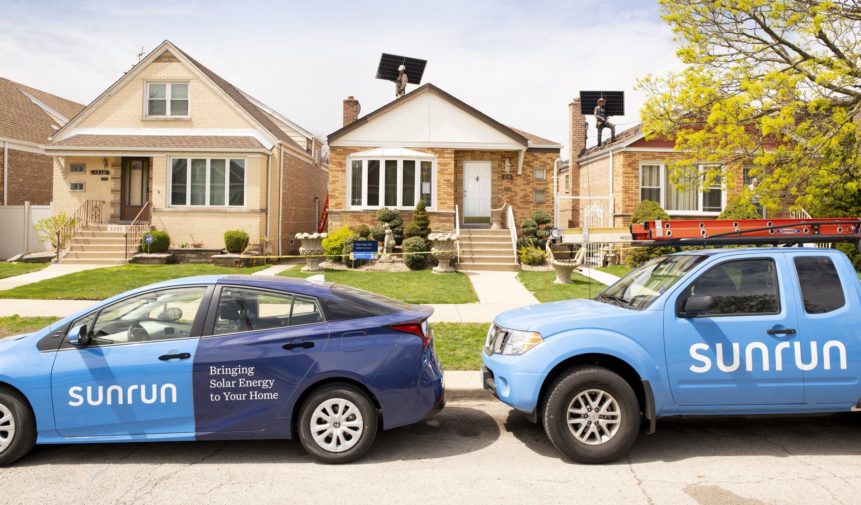Sunrun is challenging a Pennsylvania utility’s proposal to “monitor and manage” all newly interconnected distributed energy resources (DERs).
In plain English, Sunrun calls this a utility bid “to require customers to relinquish control” of new distributed solar and storage resources, and allow the utility to manage these resources without compensation. (Link: Pennsylvania PUC docket #3010128.)
Sunrun, the nation’s largest residential solar, storage, and energy services company, says it supports the goals of PPL Electric—the utility making the request—for better grid operations, but that “PPL incorrectly implies that achieving these goals requires utility control over DERs.”
Sunrun notes:
These goals are being achieved in other states and utility service territories by leveraging competitive DER market providers’ core competencies in customer engagement, DER deployment, and DER management through utility programs that offer compensation for the grid services provided by customer-sited DERs.”
Environmental group NRDC chimes in with its own challenge, quoting ten statements from the utility’s filing about the value of DERs to the grid, and noting that “nothing in the plan seems to contemplate that DER owners and operators would be compensated” for that value. NRDC scores other points as well in its filing, which is supported by the Pennsylvania Solar Energy Industries Association, the Solar Unified Network of Western Pennsylvania, and two solar firms.
Beyond the issues of monopoly control of DERs, and lack of compensation to DER owners and operators, is the issue of the need for control at all. NRDC notes that key “grid-friendly functions of smart inverters are ‘autonomous’—the smart inverters can respond to voltage or frequency without the need for direct control.” (NRDC credits grid experts GridLab and IREC for providing technical input.)
“GridLab is developing a case for an ‘autonomous grid,’” explained the organization’s executive director Ric O’Connell in a pv magazine interview. Such a grid “allows DERs to respond to passive signals—price, voltage, and frequency. We believe these three are all you need for most DERs, and the new IEEE 1547 standard comes with a host of grid-supportive features that allow DERs to autonomously respond to grid signals.”
O’Connell added, “It’s the 21st century; we have cheap and unlimited distributed computing power. We don’t need to take the centralized command and control mindset of the past into our future grid.”
Solar and storage can provide seven key grid services, according to grid consultant and researcher Michael Milligan.
Sunrun asks Pennsylvania regulators to deny PPL’s request or, in the alternative, to open a statewide proceeding to “investigate the technical and policy issues” raised by PPL.
Both Sunrun and NRDC have applied for intervenor status in the proceeding.
NRDC said in its filing that a similar request by the utility ComEd in Illinois, which would have featured utility “command and control” functions with respect to DERs, was rejected by Illinois regulators.
This content is protected by copyright and may not be reused. If you want to cooperate with us and would like to reuse some of our content, please contact: editors@pv-magazine.com.








By submitting this form you agree to pv magazine using your data for the purposes of publishing your comment.
Your personal data will only be disclosed or otherwise transmitted to third parties for the purposes of spam filtering or if this is necessary for technical maintenance of the website. Any other transfer to third parties will not take place unless this is justified on the basis of applicable data protection regulations or if pv magazine is legally obliged to do so.
You may revoke this consent at any time with effect for the future, in which case your personal data will be deleted immediately. Otherwise, your data will be deleted if pv magazine has processed your request or the purpose of data storage is fulfilled.
Further information on data privacy can be found in our Data Protection Policy.